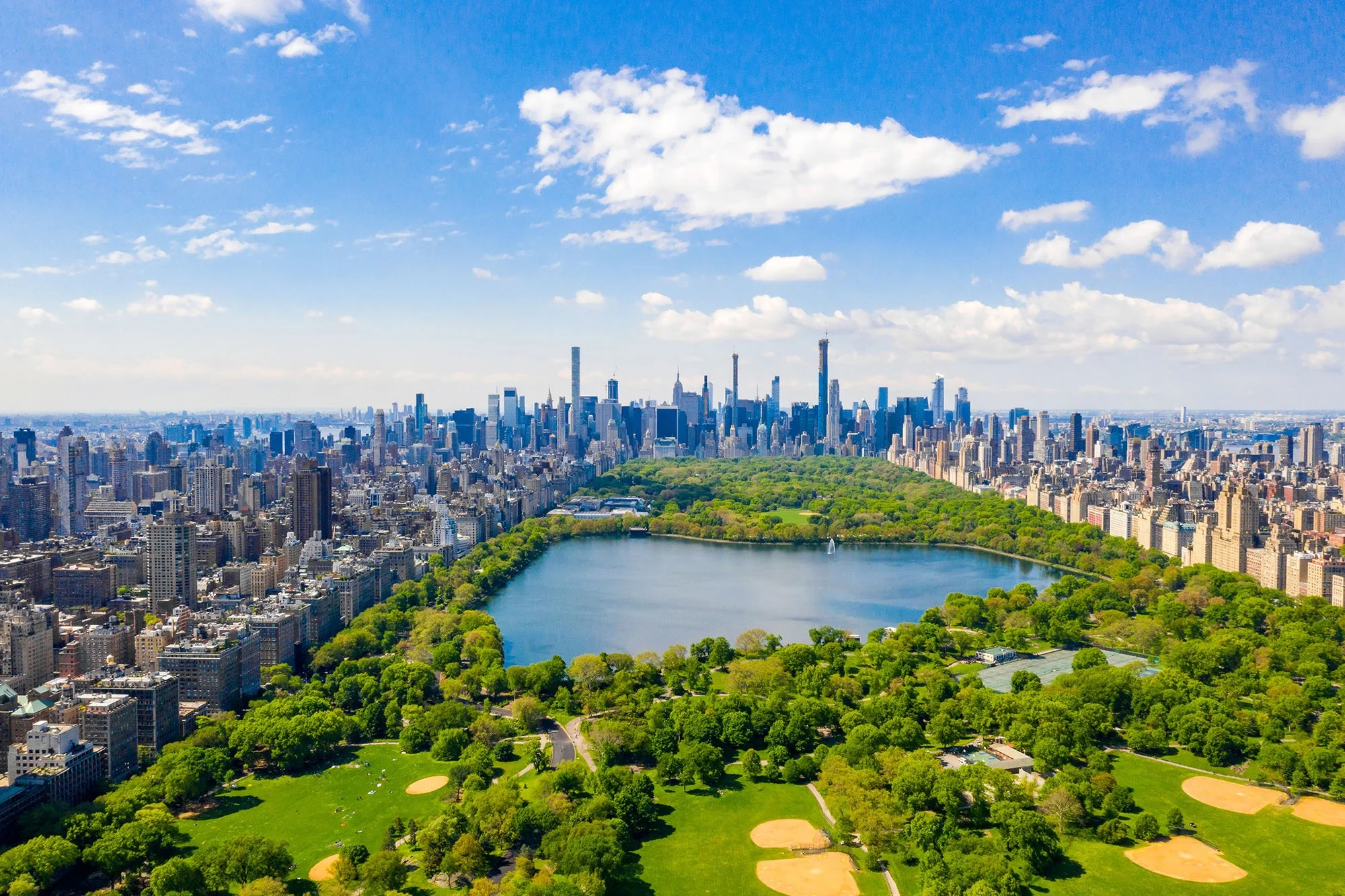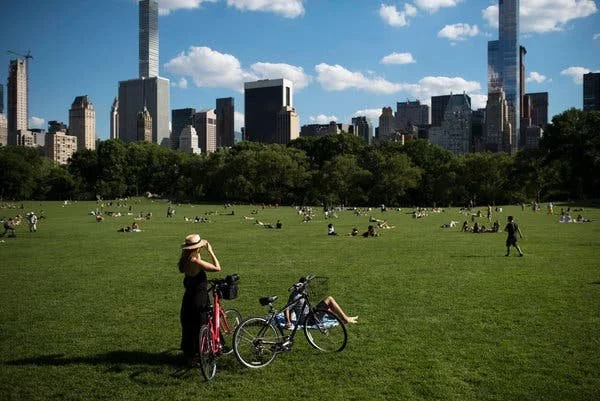Nonprofit November: Learnings from Central Park Conservancy
AG Lafley, author and founder Leading to Win, has led a number of nonprofit organizations from Cincinnati Center City Development Corporation (3CDC) to The Bay Park Conservancy, providing him with a great understanding of the dynamic between business, leadership and nonprofit strategy. Tune in every Thursday to learn about the role nonprofits play in the world of business and how to be the best leader for your nonprofit. From roles and responsibilities to best practices and leadership tips, AG shares over 50 years of his experience with you.
One of the resources, we have used at the nascent Bay Park Conservancy here in Sarasota, Florida is the Central Park Conservancy in New York City. Central Park in New York City, between the upper West and upper East side of Manhattan, is the most visited urban Park in the United States with 42 million visitors annually. It’s also one of the most filmed locations in the world.
Designed by landscape architects Frederick Law Olmstead and Calvert Vaux, the first park areas were opened to the public in 1858 and the park was completed in 1876. The Central Park Conservancy (CPC) was created in 1982 to reverse a long period of decline and deterioration in the late 20th century.
Central park is owned by the city of New York but managed by the Central Park Conservancy since 1998 under a public private partnership contract.
The CPC is the oldest public park conservancy in America. It was founded in 1980 as a nonprofit with a citizen board to assist the city in its efforts to rehabilitate the park. After 5 years of planning, the CPC embarked on a 15 year restoration plan for the park. This original plan was renewed in 2000 and redevelopment continued through 2011.
Our management at The Bay Park Conservancy (BPC) have all completed the CPC and City University of New York public park management course and received our certifications as qualified public park managers.
In addition, I have had the pleasure of getting to know Doug Blonsky, long time Administrator, Managing Director and CEO of the Central park Conservancy, who began working at CPC in 1985. Under his leadership, nearly $1 billion has been invested in transformative park projects. In addition, Doug developed innovative management practices that have set the standard for urban Park management.
I recently reviewed a video presentation/webcast in which current Central Park Conservancy management reviewed 40 years of learnings. They are worth sharing.
Here are the five major learnings:
Be a good partner…first and foremost with the community of public park users the conservancy serves. These park users are “the boss.” Be a partner with the private donors who fund much of the development, activities, programs and ongoing maintenance. Be a partner with the city. A shared vision, compatible strategies, and mutual trust are the foundation for a strong City/Park Conservancy partnership.
Have a plan. Strategy and leadership are more critical than design and development or activation and programming. Leadership and strategy were the keys to the restoration and renewal of Central Park. CPC has had 4 strategic plans in 44 years. The first 15 year plan was focused on rebuilding Central Park, and included a strong focus on maintenance.
Identify the business model and the funding model that works for your situation, your Park Conservancy and your City. The two resources that matter most are money…the funding that enables design and development, management and activation, maintenance and sustainability. Funds are the must have enabler. Commit to a fundraising strategy that supports the business model and treats fundraisers as important partners focused on creating a great park user experience for the community. Never commit to what you can’t fund and can’t afford. The other enabler is talent, capable, expert, experienced leaders, managers, workers, volunteers to make the park reality and keep it operating every day.
Early visible wins for park goers build momentum. Pick and choose the key venues and destinations that will serve more park visitors and delight more park users. In CPC‘s case, the Great lawn and the Sheep Meadow were critical. In the case of The Bay, the Mangrove Bayou and the lawns of Common Ground (which serve as a gathering place for all), and the sunset boardwalk are all critical to the first phase of the park, which will open in the summer of 2022.
Think long term from the beginning. Parks are public places enabled by government and private funding, and owned by the city for the benefit of the community. They are a public good. CPC focused on renewal, redevelopment, balanced activation and programming, and from the beginning on creating and sustaining a clean, safe, well-maintained public park in the heart of New York City.
As Central Park goes so goes New York City. The park is used daily by residents of the city, and is the most visited tourist attraction in the area.
Here’s one last key learning: Public parks are for people. Our commitment here at the Bay in Sarasota is to transform 53 acres of mostly parking lot into green space, a blue and green oasis, park land that is open and accessible, free and welcoming to the full and rich diversity of our community, now and four generations to come.

